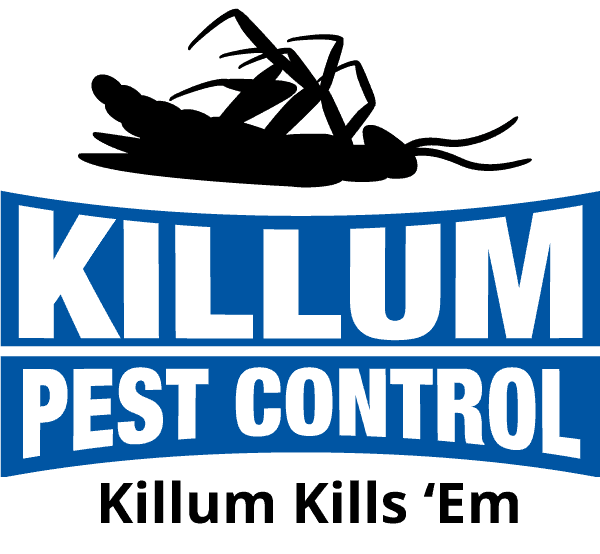Securing your commercial property against pests is crucial for maintaining a clean, safe, and thriving business environment. From restaurants and retail stores to office buildings and educational institutions, all types of Texas businesses can be vulnerable to pest infestations, potentially causing damage to property, loss of reputation, and non-compliance with health and safety regulations. Implementing effective commercial pest management strategies is essential to safeguard your property, customers, and employees from unwanted pests and their associated risks.
In this comprehensive guide, we’ll discuss expert pest management strategies and best practices to help you protect your Texas commercial property from common pests. By embracing our expert commercial pest management advice and techniques, you’ll be prepared to create a safe, healthy, and pest-free environment for your customers, employees, and business operations in Texas. As the area’s top provider of residential and commercial pest control services, we are committed to empowering Texas business owners with the knowledge and solutions they need to maintain a clean, pest-free commercial space.
Read on to explore the essential pest management strategies every Texas business owner should know, gaining valuable insights, and guidance to help you effectively combat common pest threats on your commercial property.
1. Identifying Common Pests in Texas Commercial Properties
Being aware of the common pests that could potentially infest your Texas commercial property is crucial for swift identification and timely intervention. Some of the prevalent pests you may encounter in commercial settings include:
– Rodents: Rats and mice are notorious for infesting commercial properties, causing damage to structures, equipment, and inventory, along with posing a risk to health and safety.
– Cockroaches: Various cockroach species can be found in Texas commercial properties, driven by the availability of food, water, and shelter. Their presence cannot only contribute to the spread of disease but also tarnish the reputation of your business.
– Ants: Ants can cause ongoing challenges within commercial settings, especially in food service environments where they could disrupt operations and affect customer satisfaction.
2. Regular Inspections and Monitoring for Pest Control
Consistent monitoring of your commercial property is essential for early detection and management of potential pest issues, preventing disruptions to your business operations. Implement a thorough inspection schedule with the following key components:
– Visual inspections: Conduct regular walkthroughs of your property, both indoors and outdoors, to identify any signs of pest activity, such as droppings, damages, and nesting materials.
– Pest monitoring devices: Utilize monitoring devices, like glue boards and bait stations, to help track and identify any pest intruders in your facility.
– Collaborate with a professional pest control company: Partner with an experienced pest control provider, like Killum Pest Control, Inc., to conduct periodic inspections and provide ongoing guidance and support.
3. Integrated Pest Management for Commercial Properties
Integrated Pest Management (IPM) is a holistic and environmentally conscious approach to pest control that emphasizes prevention and minimal pesticide usage. Incorporate the principles of IPM into your commercial pest control strategy by focusing on the following aspects:
– Pest exclusion: Inspect and seal gaps, cracks, and other potential entry points that pests could exploit, utilizing methods like weatherstripping and caulking to create a barrier against unwanted intruders.
– Sanitation and maintenance: Maintain a clean and orderly facility with a regular cleaning schedule, proper waste disposal, and well-maintained landscaping to eliminate attractants for pests.
– Biological control: Introduce natural predators, such as beneficial insects or microorganisms, to help control the pest population in a more sustainable manner.
– Pesticide selection and application: When pesticide use is deemed necessary, opt for the least toxic yet effective options and apply them following the manufacturer’s guidelines. Enlist the help of professional pest control service providers to ensure safe and responsible application.
4. Employee Training and Awareness in Pest Prevention
Your employees play a fundamental role in preventing and identifying pest problems within your commercial property. Encourage their participation in your pest control program by:
– Providing pest education and training: Educate your employees on pest identification, early warning signs, and prevention strategies, ensuring they are well-equipped to handle potential pest issues.
– Establishing clear reporting protocols: Develop an effective communication system to encourage employees to report any sightings or signs of pest activity as soon as they are observed.
– Rewarding diligent employees: Acknowledge and reward employees for their proactive efforts in maintaining a clean and pest-free work environment.
Conclusion
Effective commercial pest management is crucial for maintaining a safe, clean, and successful business environment in Texas. By identifying common pests, conducting regular inspections, adopting an Integrated Pest Management approach, and involving your employees in pest prevention, you can protect your property, customers, and employees from the risks associated with pest infestations.
As the area’s top provider of residential and commercial pest control services, Killum Pest Control, Inc. is committed to helping Texas business owners achieve and maintain a pest-free commercial property. Enlist the expertise of our professional team to design an effective pest control strategy uniquely tailored to your business’s needs, ensuring a safe, clean, and thriving environment for all who occupy it. Contact us today for unmatched insight, guidance, and solutions to overcome common pest challenges in Texas commercial properties.




